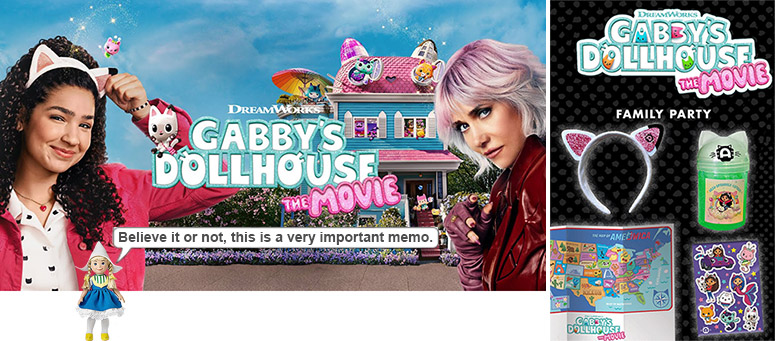
Packaging is the art of presentation.
Exciting packaging improves conversion.
There are two important parts of packaging:
-
WHAT IS IN THE PACKAGE?
When package “A” and package “B” are the same price and contain the same basics, they are equal. But when package “B” contains something extra that people would love to have, the sale will always go to package “B”.
Be the competitor that offers package “B”.
The “something extra” that you include in your package has to be something that people actually care about. It doesn’t have to cost you a lot; people just have to want it. This is where most businesses screw up. They create a package by adding something extra that no one really cares about. Those packages always fail, so the business owner foolishly concludes that packaging doesn’t matter.
Building an attractive package doesn’t take a lot of money. But it does take a lot of time, energy, and creativity.
And then it takes even more time and energy to source the “something extra” that will go into the package.
SUMMARY: When your competitors sell the same things that you sell at similar prices, include a highly desirable “something extra” in your package.
-
HOW IS THE PACKAGE PRESENTED?
Two major movie theaters in Austin are showing the movie, “Gabby’s Dollhouse.” Both theaters have extensive menus, good food, and smiling servers that will deliver your food to the table that swings across your lap after you sit down in your cozy recliner.
When young children go to the movies, adults go with them. This is why both theaters offer an extensive selection of beer, wine, and cocktails.
But only one of the theaters is offering a package that includes a map, some stickers, a plastic cup, and some plastic ears like the ones worn by Gabby, the main character in the movie. Every child will receive the movie memorabilia. Adults will not.
Pennie and I waited too long to buy tickets for our two youngest grandkids.
Are you ready for this? Every seat was sold on every screen for every seating time for “Gabby’s Dollhouse” at the theater offering the memorabilia made of paper and plastic. They even sold all the seats on the front row that are way too close to the screen.
We had to take our grandchildren to the newer theater in the better shopping center. That huge theater was completely empty except for the four of us along with two other families. Eleven people in all.
SUMMARY: Pennie and I were thankful that our grandkids didn’t know about the movie memorabilia at the other movie theater.
2026: The Year When Challengers Overtake Market Leaders
I believe that 2026 will be a year when consumer confidence is in decline.
As a result, most businesses will reduce their payroll and their advertising in an attempt to “cut their way to profitability.”
They will do this because it makes sense if you don’t think about it.
But smart-and-hungry challengers who do think about it will hit the accelerator instead of the brakes. They will do this because they understand that market share is easier to steal from the big boys when consumer confidence is in decline.
The painful problem for these challengers is that they will be competing for a larger slice of a shrinking pie. So big gains in market share show up as only small gains in top line revenue.
But when consumer confidence returns, “All hail the new market leader.”
Hitting the accelerator instead of the brakes is how smart-and-hungry challengers will overtake market leaders in 2026.
Are you beginning to understand why I taught you about the importance of packaging?
Roy H. Williams
QUESTION: Are you competing against a market leader that was purchased by a private equity group? Be aware that private equity groups are notorious for trying to “cut their way to higher profitability” even when consumer confidence is high. This makes the companies the own especially vulnerable during times of declining consumer confidence.
*Consumer Confidence is a statistical measure of consumers’ feelings about current and future economic conditions, used as an indicator of the overall state of the economy. In a business context, customer confidence refers to the trust and belief customers have in a specific company’s products, services, or brand.